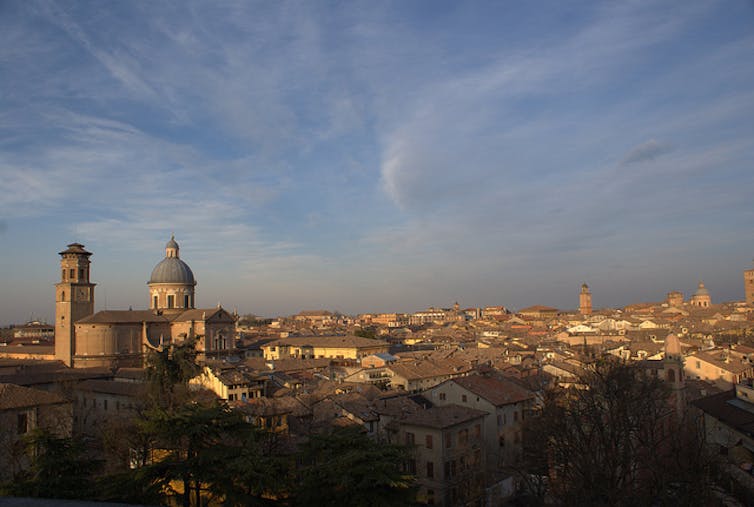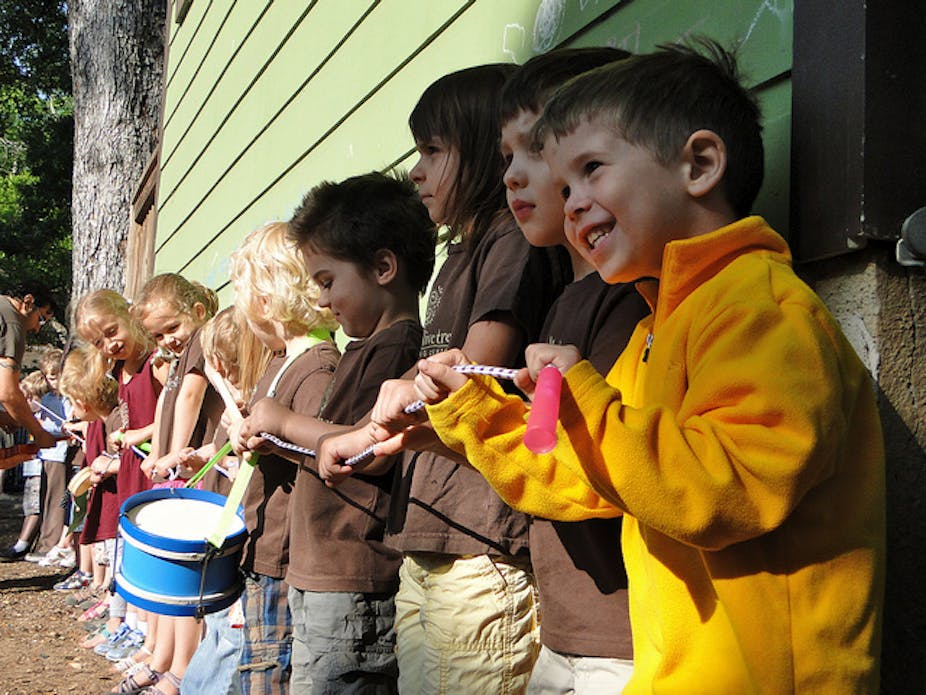When in 1991 an American newspaper named a preschool in Reggio Emilia, Italy, in the 10 best schools of the world, the early childhood centres in this city gained international attention. So what did this little Italian city do to create a world-renowned system of early-years learning, and how does it work?
What is the Reggio Emilia system?
The Reggio Emilia Municipal Infant-Toddler Centres provide early childhood programs for children from birth to 3 years and 3-6 years. A particular focus is supporting children and families who experience poverty and children with “special rights” (not special needs/disabilities). This new way of thinking about children and families - where all children, though especially those who could be marginalised, are considered full of potential and possibilities - seems to have struck a chord with educators around the world who are looking for different ways of doing education.
Challenges that face schooling systems around the world are explored as teachers, parents and children try to look at the bigger picture - what does it mean to educate? How do children learn? How can we make children’s thinking, theorising and learning visible?

The Reggio Emilia approach promotes a rethinking of childhood and calls for society to value children’s possibilities, potential, capabilities and competencies. The Reggio Emilia Approach values:
- children’s relationships with other children, teachers, parents and their classroom environment;
- documentation of the childrens’ learning as a way to make their thinking and theorising visible - and convey a strong image of an intelligent child;
- project work, where children are engaged in explorations of their world, making choices about what they will investigate, and then together with their teachers and peers making meaning;
- the many ways children express themselves, called the “100 Languages” with a strong emphasis on the visual arts; and
- active listening, where children’s voices, thoughts and opinions are valued (as much as the teachers’).
Through these approaches to teaching and learning the educators challenge and extend each child. They see all of the children as capable, where a teacher’s role is to enable children to reach their potential - not incompetent, where a teacher’s role is to fix children.
Educators in Reggio Emilia preschools actively resist prescribed outcomes and regimes of standardised testing. Children’s rights for who they are here and now, and not who they may become, is a key driver of decision making.
History
The Reggio Emilia preschools have their origins post-World War II when a small group of women set about building a school in a nearby town. This preschool model was the first time people in Italy established a secular school with young children.
This break with the Catholic church forged a new kind of school. Today Reggio Emilia has over 35 of these preschools – a relatively small number of centres given the international attention and subsequent take-up of the Reggio Emilia approach. There are now over 30 international networks around the world where ongoing collaborations see several study tours in Reggio Emilia each year, and numerous network-hosted conferences and seminars.
Benefits
While there is an increasing number of publications about the Reggio Emilia approach (most being published by Reggio children) little or no empirical research examines the links between a child’s participation in the schools and their trajectory in life.
This is hardly surprising given central tenets of the approach actively resist outcomes, measurement and accountability. That is not to say there is not ongoing research into the programs - just not research that quantifies the benefits.
Pitfalls
The Reggio Emilia approach has not been without criticism, not so much for the key principles that it works with, but for the ways in which the approach has been taken up. Criticism of the approach has pointed to a potential “cargo cult” where the implementation of Reggio threatens to undermine a school’s own unique identity.
While a number of early childhood centres in Australia attribute their philosophy and practices to the approach, you can’t replicate the exact circumstances as in Reggio Emilia, which exists in a unique historical, cultural, political and economic context.
So does it work?
The ongoing interest in the Reggio Emilia approach is not surprising given the key principles that value children and families and provide alternative ways of thinking about education. The philosophy and theorising provide provocations to re-think education for young children, particularly in times of standardised testing, league tables and a push down of curriculum that sees increasingly high expectations for children.
This is part of a series on Alternative Schooling, read the other pieces in the series here. If you have any ideas on alternative types of schooling you’d like to know about, or write about, please contact The Conversation

